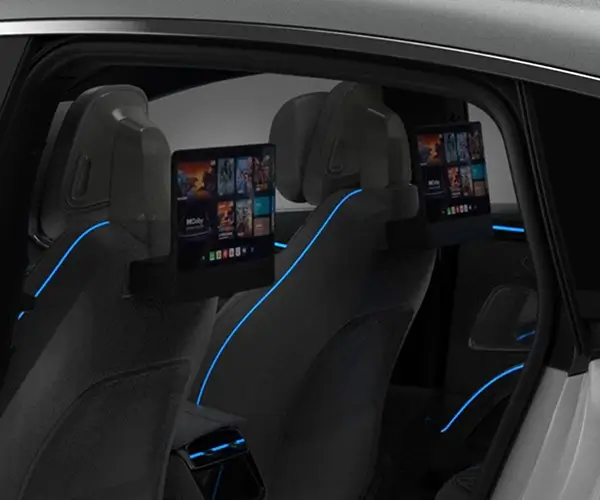part 1:
Unveiling the Hidden Power: How Gear Motors Drive Modern Machinery
In the bustling world of modern machinery, where speed, precision, and reliability reign supreme, gear motors stand as silent heroes behind countless innovations. These compact yet powerful devices are the backbone of industries ranging from manufacturing and robotics to household appliances and transportation systems. But what exactly makes gear motors so integral to our daily lives? And how do they work their magic?

At their core, gear motors are a symbiotic fusion of electric motors and gear trains. This combination allows them to convert electrical energy into mechanical power with remarkable efficiency, while also controlling speed and torque to meet specific operational needs. The journey of a gear motor begins with the electric motor component—typically a DC or AC motor—that generates rotational motion. This motion, however, is often too fast or requires a different torque level for practical applications; hence, the gears come into play.
Gears are mechanical devices consisting of toothed wheels and cogs that mesh to transmit torque and rotational force. When integrated seamlessly with the motor, a gear train can modify the motor's output—reducing speed while increasing torque, or vice versa—depending on the requirements. This adaptation is crucial in applications where precise control and power are necessary, such as in conveyor belts, robotic arms, or automotive systems.
One might wonder, what makes gear motors particularly attractive compared to other motor types? The answer lies in their versatility and efficiency. Because they incorporate gear reductions internally, gear motors can deliver high torque from a compact form factor. They are designed to operate reliably under various loads, maintaining consistent performance over extended periods. Additionally, many gear motors are customized for specific environments—be it waterproofing for outdoor use or explosion-proof features for hazardous zones.
The operation of a gear motor hinges on several key components working flawlessly together. The electric motor provides the initial rotational force, driven by electrical input. The gear train then takes this motion and modifies its characteristics—slowing down high-speed rotation to a more usable level while amplifying torque. The output shaft then delivers mechanical power to the application at hand.
Another critical aspect of gear motor working is their efficiency. They are engineered to maximize energy conversion while minimizing losses. Modern manufacturing techniques, such as precision gear cutting and advanced materials, reduce friction and wear, leading to longer service life and lower maintenance costs. Moreover, ongoing innovations aim to improve the gear motor's energy efficiency further—making them an increasingly sustainable choice across industries.
The applications of gear motors are as diverse as they are vital. In manufacturing, they power conveyor systems, automate assembly lines, and drive robotics. In the automotive industry, small gear motors control seats, mirrors, and windshield wipers. Household devices like washing machines, electric fans, and even electric door locks rely on gear motor working to operate smoothly. In the realm of renewable energy, gear motors help in controlling solar trackers and wind turbines, optimizing energy capture.
What’s particularly fascinating is how advances in gear technology continue to push the boundaries of what gear motors can do. Innovations such as planetary gears, harmonic drives, and even digital control systems are enabling even more precise, efficient, and compact gear motor designs. These improvements allow for finer control, reduced noise, and increased durability—further cementing their indispensable role in modern machinery.
Understanding how gear motors work opens a window into the intricate world of mechanical and electrical engineering synergy. They exemplify the elegance of combining simple principles—electricity, gears, and motion—to create complex and reliable systems. This blend of technology and innovation has made gear motors a cornerstone of industrial progress, impacting daily life in ways both visible and invisible.
Kpower has delivered professional drive system solutions to over 500 enterprise clients globally with products covering various fields such as Smart Home Systems, Automatic Electronics, Robotics, Precision Agriculture, Drones, and Industrial Automation.




































